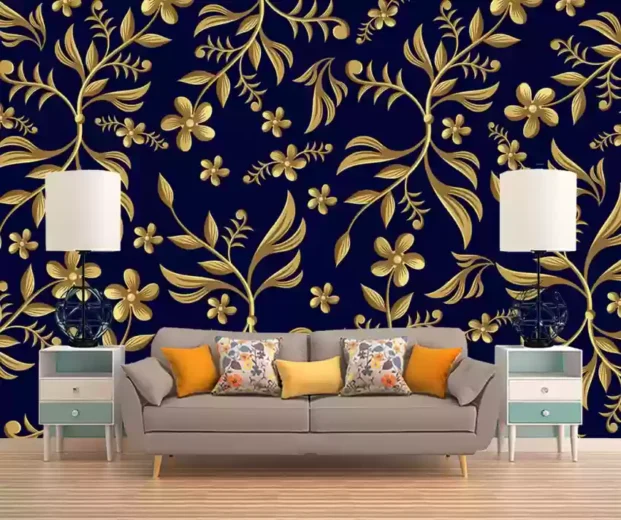Wallpapers have been a staple in interior design for centuries, evolving from simple tapestries to intricate digital prints. The walls of our homes are not just structural elements but also blank canvases waiting to be adorned with creativity. In this article, we will explore the artistry behind https://dundeedeco.com/product-category/wallpaper-borders/, their historical significance, and their impact on contemporary interior design.
The Evolution of Wallpapers:
Wallpapers have a rich history dating back to ancient China, where hand-painted rice paper was used to decorate walls. Over the centuries, different cultures adopted this decorative practice. By the 18th century, Europe saw the rise of wallpaper as a popular choice for interior decoration, with intricate patterns and scenes adorning the walls of grand estates.
In the 19th century, the Industrial Revolution revolutionized wallpaper production. Mass production made wallpapers more affordable, and a variety of styles emerged, from Victorian florals to intricate damasks. The 20th century witnessed the popularity of bold geometric patterns and innovative materials like vinyl.
Artistry and Design:
Today, wallpapers are a true form of art, with designers pushing boundaries and experimenting with various textures, colors, and patterns. Digital technology has taken wallpaper design to new heights, allowing for highly detailed and customizable creations. From nature-inspired motifs to abstract designs, wallpapers have become a means of self-expression in interior spaces.
Impact on Interior Design:
The choice of wallpaper can significantly impact the overall aesthetic of a room. Bold patterns can add drama and excitement, while subtle textures can create a calming atmosphere. The versatility of wallpapers allows for endless possibilities, making them a valuable tool for interior designers to achieve specific moods and styles.
Moreover, https://dundeedeco.com/product-category/wallpaper-borders/ can be use strategically to enhance or alter the perceived dimensions of a space. Vertical stripes, for example, can make a room feel taller, while horizontal patterns can widen it. This design flexibility makes wallpapers an invaluable asset in transforming living spaces.
Environmental Considerations:
As the world becomes more environmentally conscious, so does the interior design industry. Many wallpaper manufacturers now prioritize eco-friendly materials and production processes. Recyclable and sustainable wallpapers are gaining popularity, allowing homeowners to make environmentally responsible choices without compromising on style.
Conclusion:
In conclusion, wallpapers have come a long way from their humble origins, evolving into a powerful tool for interior designers and homeowners alike. The marriage of artistry, design innovation, and environmental responsibility has elevated https://dundeedeco.com/product-category/wallpaper-borders/ to a new level of significance in the world of interior decoration. Whether aiming for a timeless and classic look or a bold and contemporary statement, wallpapers continue to play a vital role in shaping the ambiance of our living spaces.

